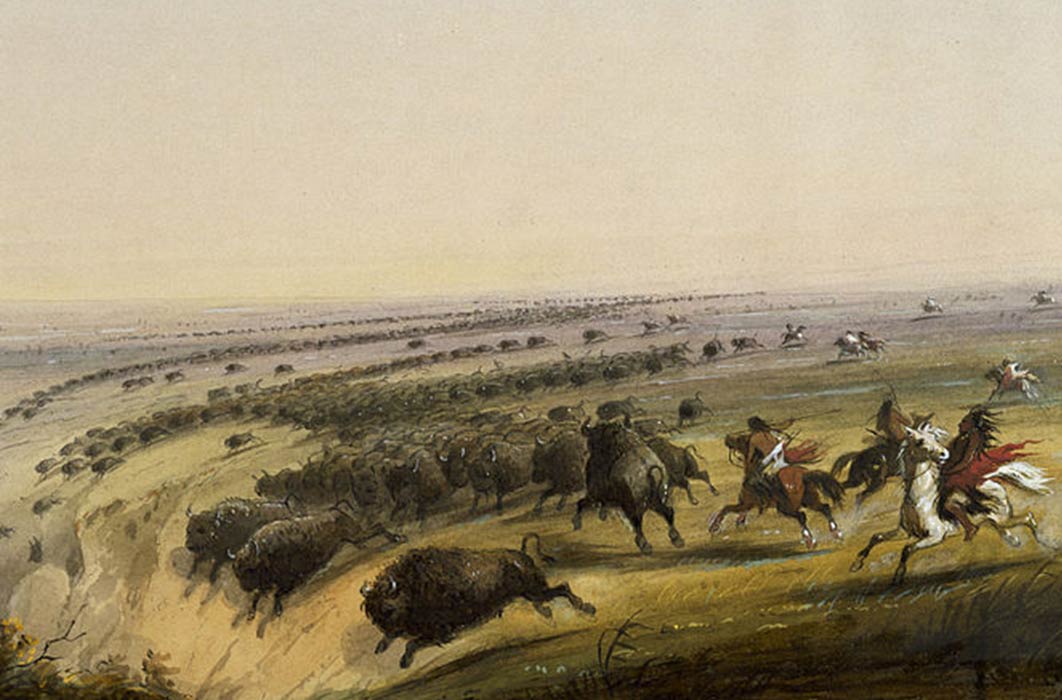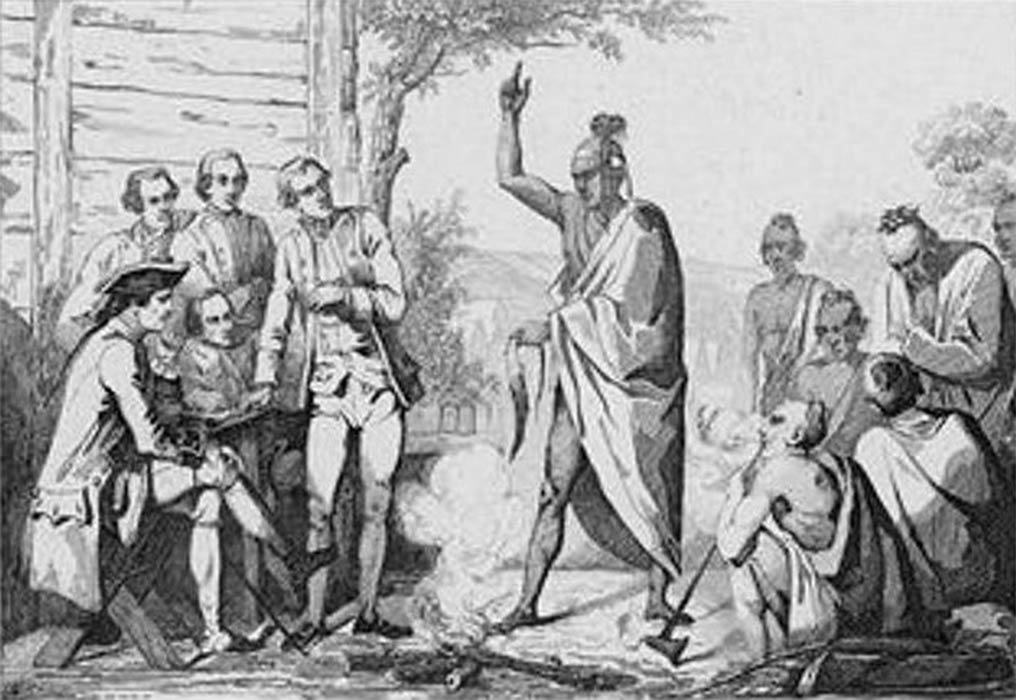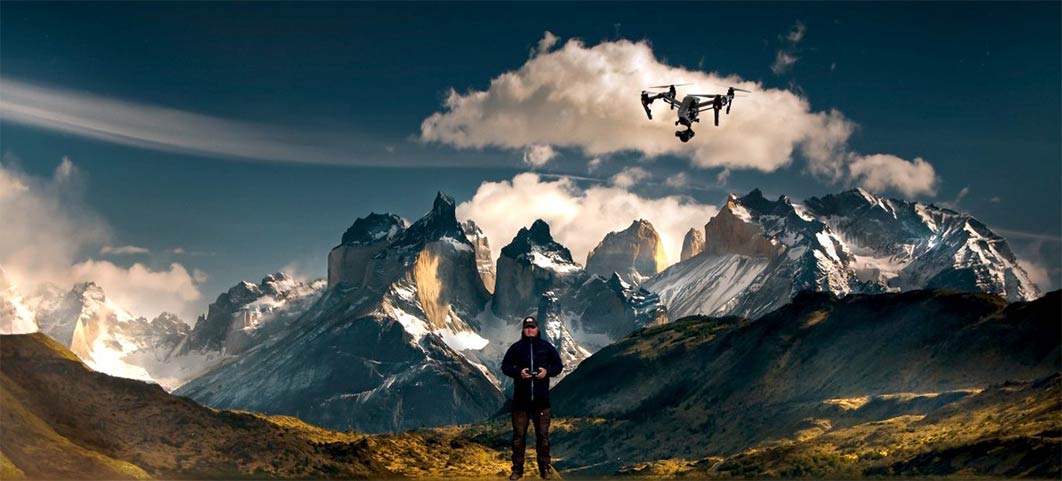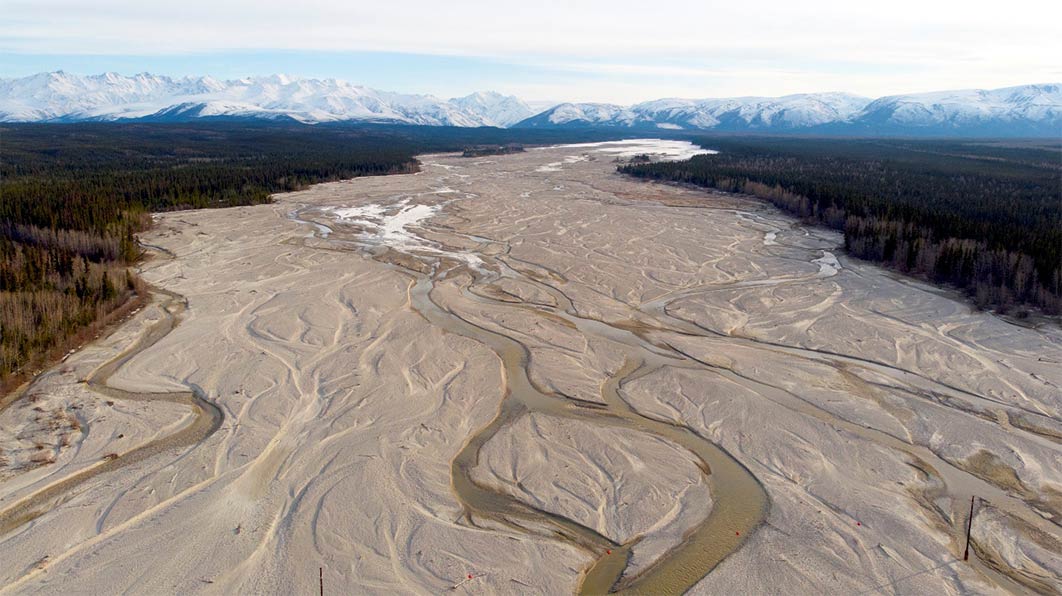
Preserving The Beasts That Powered The Canadian First Nations
In Canada the term ‘First Nations’ represents the aboriginal communities who draw their origins from the pre-contact era (before the arrival of Europeans) up to the present day. Historians generally describe six main geographic groups of early First Nations who still live in the territory which is today Canada, and while they have similar cultural origins, they have different social organizations, resources, homes, transportation, clothing, and spiritual ceremonies.

First conference between the French and First Nations leaders, by Émile Louis Vernier. (circa 1887) (Public Domain).
Today’s First Nations have become consumed by the motifs of pop culture and for so many people, dream-catchers and T-shirts with wolves howling at the moon is about as deep as their understanding goes. But before the arrival of the first European explorers in the early 17th century, the First Nations’ existence depended solely on the resources of their natural environment and their cultures were all shaped by those creatures most dominant in those environments.
- Lucy and the Monstrous Birds, Fanged Beasts and Ferocious Fish of the Pliocene Epoch
- The Sacred and Ancient Legacy of our Feathered Friends
- Drowning, Poisoning, and the Dark Underworld. Meet the King of all Snakes, the wise Great Horned Serpent in Native American Cosmology
Top Canadian wildlife photographer, Jono Adams, who lives and works in the ancestral territories of the First Nations, brings a deeper understanding and insight into these ancient cultures by capturing on camera a handful of the animals that were hunted and worshiped, and that most shaped 14,000 years of First Nation history.

Jono Adams, wildlife photographer and aerial videographer in North American landscape flying a drone. (Image: © jonoadams.com)
First Nation Landscapes
According to the First Nations website, the Woodland First Nations comprise many independent groups, each of which managed their own traditional hunting territories, and the leaders of these people generally won their positions through acts of great courage or skill during the hunt. Woodland First Nations trappers and hunters valued their ancestral knowledge of the seasonal migration patterns of animals and birds that they depended on for survival, as they migrated along with moving food resources.
In contrast, the Iroquoian First Nations, now known as the ‘Haudenosaunee’, or ‘People of the Longhouse’, did not migrate in search of food as they were highly skilled corn, bean and squash farmers. Having an abundance of food, the Iroquoians developed complex governmental systems based on democratic principles and made all decisions on a consensus basis. The people of the Mackenzie and Yukon River Basins lived in a vast landscape with long harsh winters. As game animals were very scarce each family group hunted in a separate territory with leaders selected in accordance with the group's needs at any given time.





